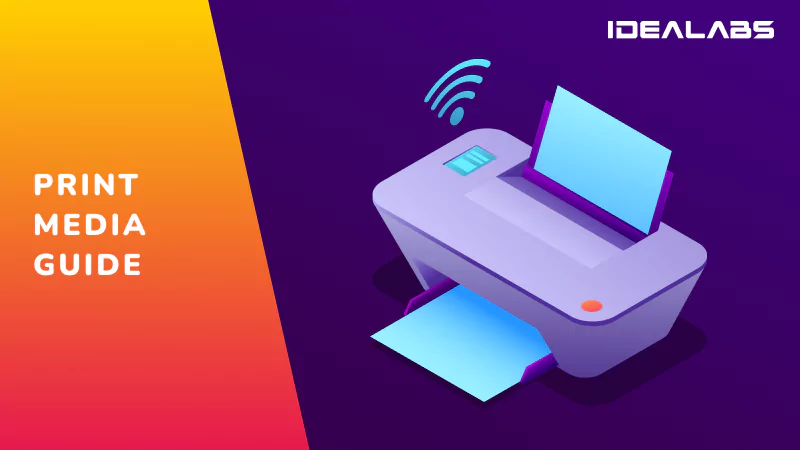Preparing for print media can be a bit daunting, but with some basic knowledge, you can ensure your printed materials turn out perfectly. Whether you’re creating business cards, flyers, or posters, understanding these essentials will help you achieve the best results.
1. Understanding File Formats
Different file formats serve different purposes. For print media, the following formats are typically requested:
- PDF (Portable Document Format): Most reliable for printing as it preserves fonts, images, and layout.
- AI (Adobe Illustrator): Ideal for vector graphics, ensuring your design can be scaled without loss of quality.
- EPS (Encapsulated PostScript): Another vector format that is widely used and accepted.
- TIFF (Tagged Image File Format): Best for high-quality raster images, maintaining image integrity without compression.
2. Color Modes: CMYK vs. RGB
Colors appear differently on screens compared to print. Here’s what you need to know:
- RGB (Red, Green, Blue): Used for digital screens. This mode offers a wider color range but is not suitable for print.
- CMYK (Cyan, Magenta, Yellow, Key/Black): Used for printing. It combines four colors to produce a wide spectrum, ensuring accurate print results.
Tip: Always ensure your designer provides the final design in CMYK mode to avoid color discrepancies when printed.
3. Sizes and Dimensions
Standard sizes for common print media include:
- Business Cards: 3.5 x 2 inches (89 x 51 mm)
- Flyers and Brochures: 8.5 x 11 inches (letter size) and 11 x 17 inches (tabloid size)
- Posters: Sizes like 11 x 17 inches, 18 x 24 inches, and 24 x 36 inches
Tip: Confirm with your printer the exact dimensions they require, as these can vary slightly.
4. DPI: Dots Per Inch
DPI indicates the resolution and quality of your print. Higher DPI means better quality. Here’s a guideline:
- Low-Resolution (72-150 DPI): Suitable for web use, not for print.
- Medium-Resolution (150-300 DPI): Used for larger prints where fine detail is less critical.
- High-Resolution (300+ DPI): Essential for high-quality prints like brochures, business cards, and posters.
Tip: Ensure your designer provides files with at least 300 DPI for best results.
5. Bleed, Trim, and Safe Area
To avoid parts of your design being cut off, it’s important to understand these terms:
- Bleed: An extra margin (typically 1/8 inch or 3 mm) around the design that extends beyond the trim line, ensuring no white edges appear after trimming.
- Trim: The final size of the printed piece after cutting.
- Safe Area: An area inside the trim where all important elements (text, logos) should be placed to avoid being cut off.
Tip: Ask your designer to include bleeds and adhere to safe area guidelines in their design.
6. Expected Files from Designers
When requesting files from your designer, ensure you receive:
- Print-Ready PDFs: These should include all necessary fonts and images, set to the correct size with bleeds, and in CMYK color mode.
- Source Files: Depending on your need, AI or PSD (Photoshop) files.
- High-Resolution Images: TIFF or high-quality JPEG files.
- Proofs: A low-resolution proof for final approval before printing.
7. Proofing and Final Checks
Before sending the design to print, perform a thorough check:
- Spelling and Grammar: Ensure all text is accurate and error-free.
- Design Elements: Verify that all images and elements are in place and properly aligned.
- Colors: Confirm that the colors look correct and as intended in CMYK mode.
- Bleeds and Safe Area: Ensure there’s enough bleed and that all critical elements are within the safe area.
Tip: Always request a physical proof from your printer if possible, to check colors and details before the full print run.
Conclusion
By understanding these key aspects of print media, you can effectively communicate with your designer and printer, ensuring your project turns out as expected. Proper preparation and attention to detail can prevent costly mistakes and lead to a polished, professional final product. Happy printing!

